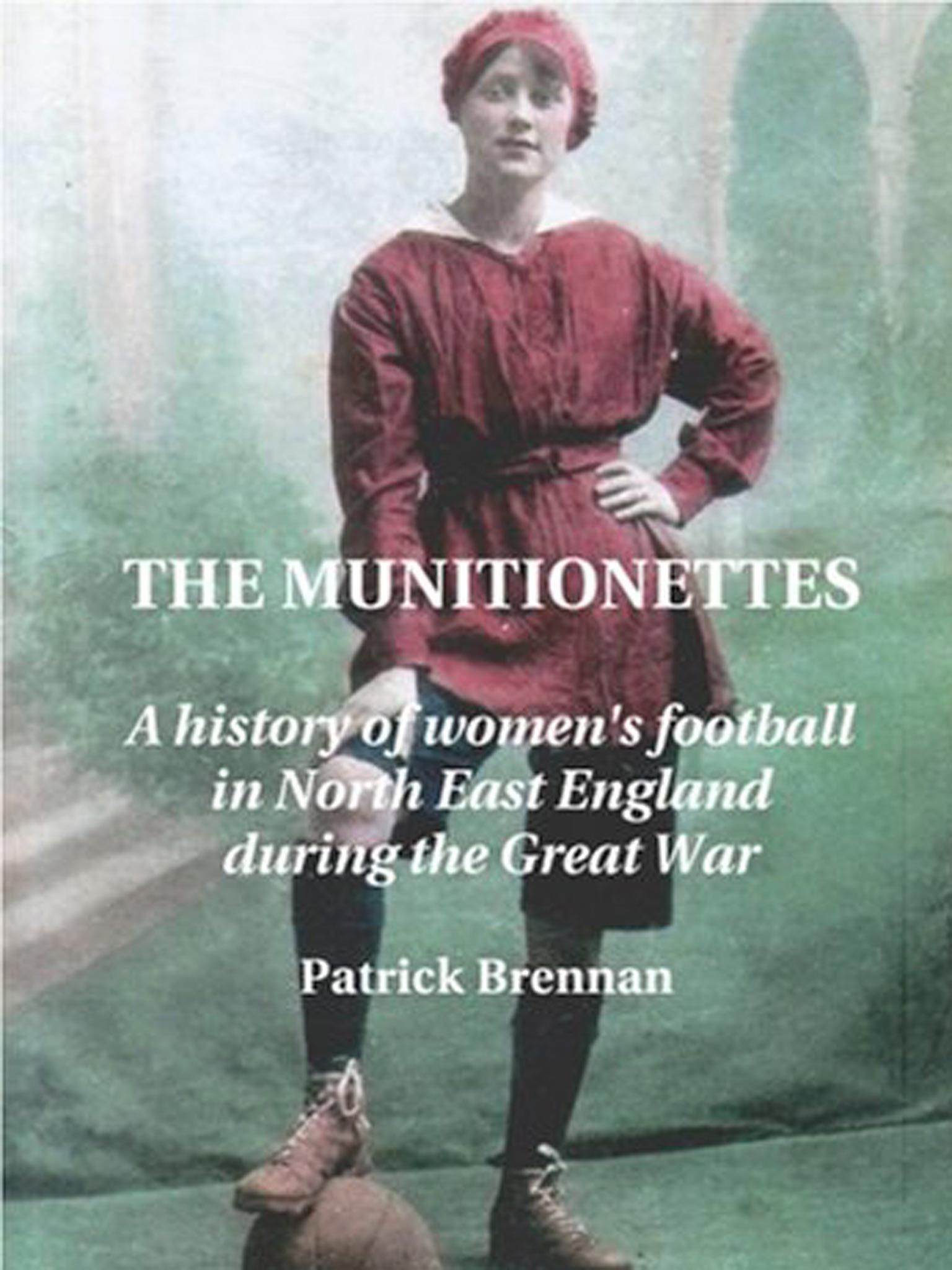The wartime women footballers: Remembering the days when 50,000 fans would turn out to watch

Your support helps us to tell the story
From reproductive rights to climate change to Big Tech, The Independent is on the ground when the story is developing. Whether it's investigating the financials of Elon Musk's pro-Trump PAC or producing our latest documentary, 'The A Word', which shines a light on the American women fighting for reproductive rights, we know how important it is to parse out the facts from the messaging.
At such a critical moment in US history, we need reporters on the ground. Your donation allows us to keep sending journalists to speak to both sides of the story.
The Independent is trusted by Americans across the entire political spectrum. And unlike many other quality news outlets, we choose not to lock Americans out of our reporting and analysis with paywalls. We believe quality journalism should be available to everyone, paid for by those who can afford it.
Your support makes all the difference.It may be hard to believe now, but the beautiful game was dominated by women almost a century ago, after a generation of male footballers was sent to fight, and die, in the First World War.
For women had not only taken on the work done by the hundreds of thousands of men sent to the trenches, but their sporting activities too.
Ladies teams, named after the munitions factories in which they worked, sprang up across the country. They filled a vacuum which had been left by the sheer numbers of men who had left the country. Many never made it back and with men’s football teams decimated by the casualties of war, the Football League suspended all of its matches at the end of the 1914/15 season.
And while women played in skirts, not shorts, and were originally treated as a novelty - their skills and ability soon saw them taken seriously, with huge crowds coming to watch them play.
Around 53,000 fans watched a Boxing Day match in 1920 between St Helens Ladies and Dick, Kerr Ladies at Goodison Park – a crowd bigger than most teams in the premiership can attract today.
The best women’s football team at that time was Dick, Kerr Ladies in Preston, which was founded in 1917. Its star player Lily Parr was the greatest goal scorer in England history – male or female. She scored more than a thousand goals during a 31-year stint at the club between 1920 and 1951. Her achievements were finally recognised in 2002, when she was inducted into the National Football Museum’s Hall of Fame in 2002.
The legacy of the forgotten women’s footballers from the home front will be recognised in a number of special programmes being broadcast tomorrow. Accounts of how women replaced men not only in the workplace, but also on the football pitch, are among a vast collection of 1,400 stories to commemorate the Great War, part of the biggest season of programming ever commissioned by the BBC.
Amanda Mason, a historian at the Imperial War Museum, said: “During the First World War, more than 900,000 women worked in munitions factories. Most factories employed a welfare officer to monitor the health, wellbeing and behaviour of their new female work force. Sport, especially football, was encouraged.”
Patrick Brennan, author of "The Munitionettes: A history of Women’s Football in the North-East during the First World War" said: “For a few short minutes on a Saturday afternoon the girls, and the spectators, could escape from the horrors of war.”
Yet in 1921, the Football Association killed off the rise of women’s football by effectively banning clubs from allowing women’s games to be played at their grounds.
Mr Brennan added: “Because of the FA’s attitude the women’s game gradually disappeared and it wasn’t until the 1960s that the women’s game revived. In 1971 it was recognised by the FA that they could no longer ban women from their grounds and the game has grown from there. If there hadn’t been the ban in 1921 who knows, women’s football may even have come to rival the men’s game.”
The modern women’s game is making up for lost ground, with 30,000 people watching FA Women’s Super League matches last season. More women play football than any other team sport and women’s football is the third largest participation team sport in England, after men’s football and men’s cricket. A million viewers watched the FA Women’s Cup final on TV last year.
And an increasing recognition of the achievements of the wartime women’s football teams is inspiring a new generation of professional women footballers.
England international striker Ellen White, who has more than 40 caps and played in the Great Britain team at London 2012, said: “They are inspirational women, the amount of people who went to the games was just phenomenal and we aspire to have that many people watch us. I’m definitely inspired by them.”
The 25-year-old is confident that the women’s game will continue to grow: “The amount of people we had at the Olympics was amazing, there were about 70,000 people at Wembley. The interest is definitely there.”
Join our commenting forum
Join thought-provoking conversations, follow other Independent readers and see their replies
Comments